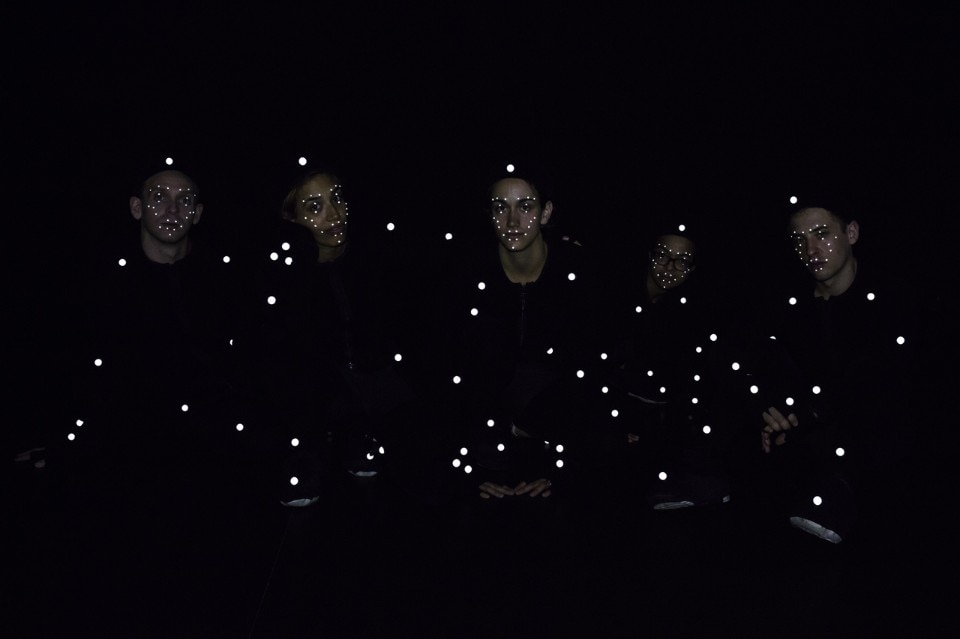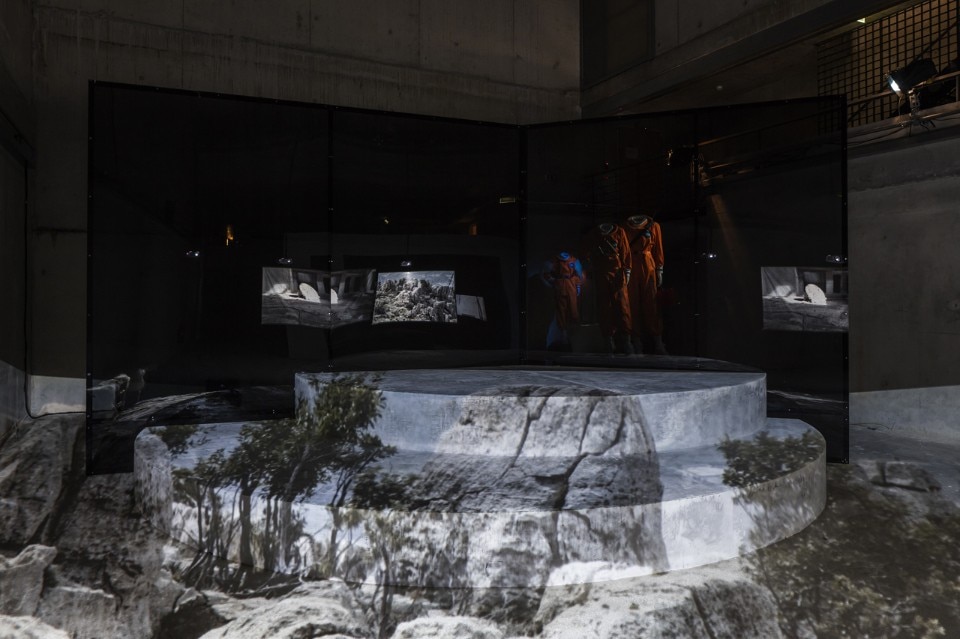
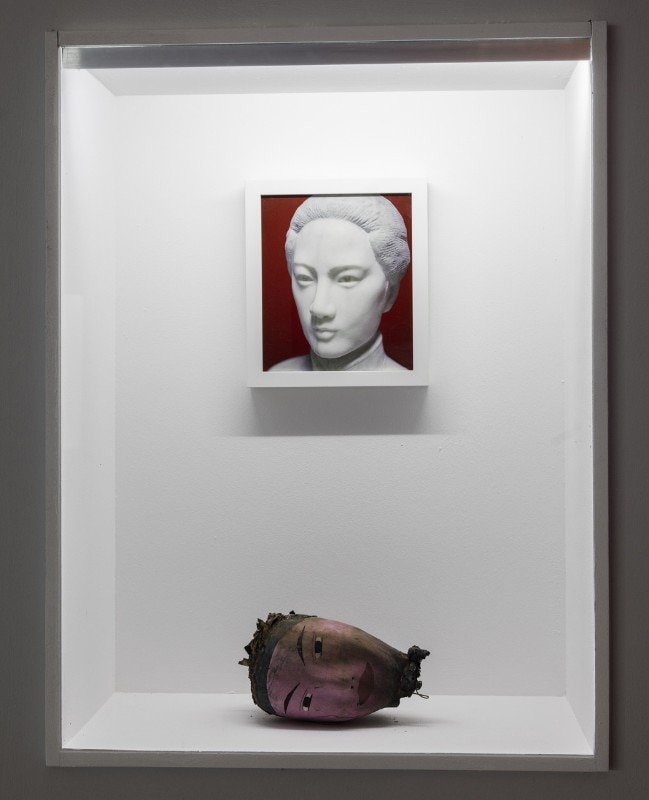
The prefix Post acts as the introduction to this great post-contemporary world, one that is seemingly all the same, inured to the market logic and with no lurches although it is also reversible and damned ironic. On the balcony overlooking Pariser Platz, Jon Rafman’s virtual journey is joined by a number of marble sculptures, hybrid creatures that come together, mingle and eat each other: iguana versus sloth and dog versus lion. It is the brutal law of the jungle.
Drones fly everywhere and Berlin is constantly monitored. Extra Space Craft (2016) is a docu-fiction video by Hito Steyerl set on a hill north of Iraq where a national observatory is manoeuvring three pilot drones flying over Iraqi Kurdistan. The control tower becomes the set of a space agency which Hito Steyerl skilfully adopts as the subject to evoke the virtual dimension superimposed on the realities of state-controlled territories and zones under anti-terrorist control.
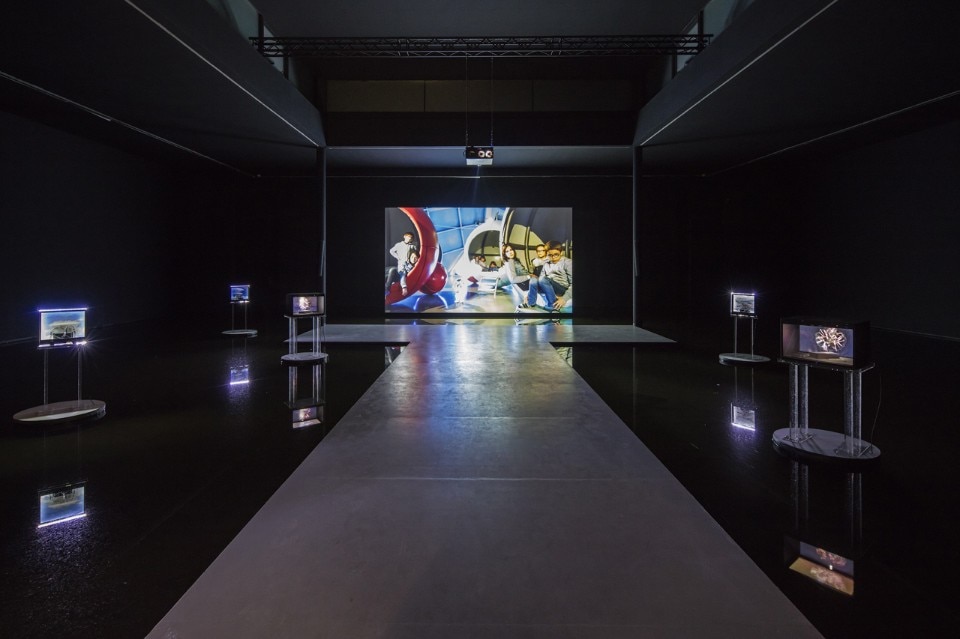
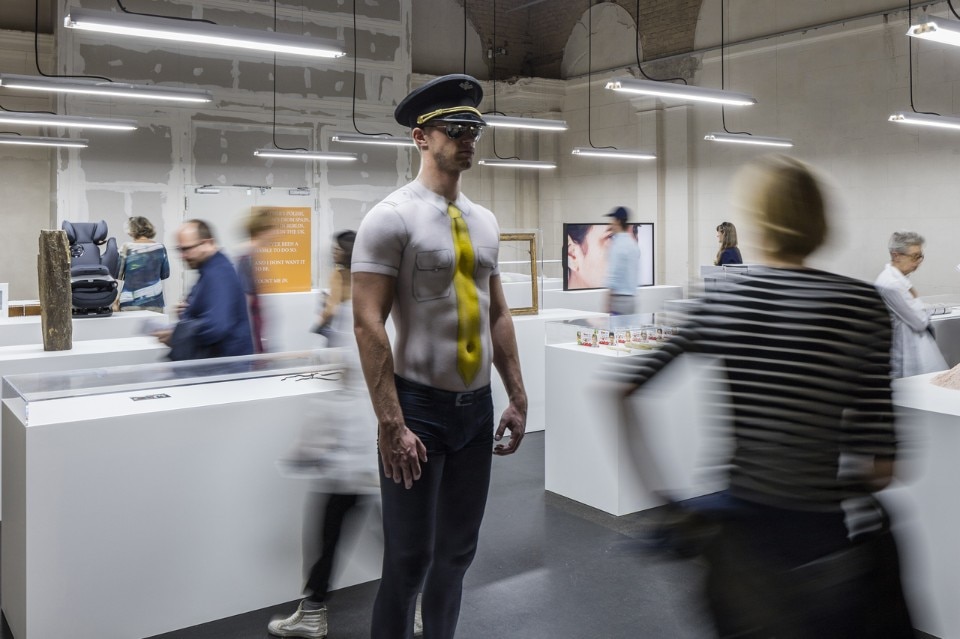
Unmasking the present means seeking its mysterious secret but “The Present in Drag” – writes DIS – looks at its many facets and implications. The DIS present is non-linear time that places itself in a specular relationship with the past. It looks to the post that is already incorporating the future.
In its most literal meaning, the future present is manifested at the KW in a selection of works set up in an airier space, where almost every room contains the work of one artist. The space vibrates with images in movement. Without betraying the anthropological approach that distinguishes part of his research, Wu Tsang looks at myth and the Chinese revolutionary culture of the late 19th century via a re-enactment of the biography of Qiu Jin, a Communist revolutionary and lesbian icon.
Cecile B. Evans’ research into the use and abuse of technology explodes in an aquatic dimension as she tries to respond to the question via What the Heart Wants (2016), which examines a hyper-technological future where the human being is striving to reposition itself. While Drake continues to play Call me on my Cell Phone.
Alexandra Pirici shuts us in a black box where a group of performers translates into action the algorithms generated by data flows on Facebook and Google scrolls: from political events to ultra-pop memes, ISIS selfies and all the latest on Justin Bieber.
Technology uber alles, especially at the European School of Management and Technology, where Simon Denny has, as ever, found the perfect home for Blockchain Visionaries (2016), a project based on the study of three international investment companies. Their work revolves around BitCoin technology which exploits cryptography to manage functional aspects such as generating a new currency.
Paradoxically, the former headquarters of Eastern Germany’s Council of State today trains future CEOs. Future careers in the global economy are shaped alongside murals depicting the history of Germany’s worker movements and in meeting rooms frescoed with symbols of industrial wellbeing.

Past the Feuerle Collection bunker, the last Biennale venue is a boat, decorated by artists Korakrit Arunanondchai and Alex Gvojic. It continues its normal tours but featuring different performances and nomadic interventions along the Spree River.
One of the intentions expressed by DIS for this Biennale is to open itself up to an “accidental” audience of citizens and tourists who crowd the city’s central districts every day.
I wonder why this audience should accidentally identify with the Biennale’s messages and feel more intelligent when they understand the irony of post-contemporary art, simply because conveyed via a language universally coded on the basis of the Capitalistic scheme of communication for effect.
Indeed, Adriano Costa, also on show at Supportico Lopez, has envisaged an ending for this parabola by painting a sweatshirt hung on the wall like a picture with the words: “Post Internet I went to sleep.” Me too.
until 19 September 2016
The Present in Drag
9th Berlin Biennale for Contemporary Art
Berlin


